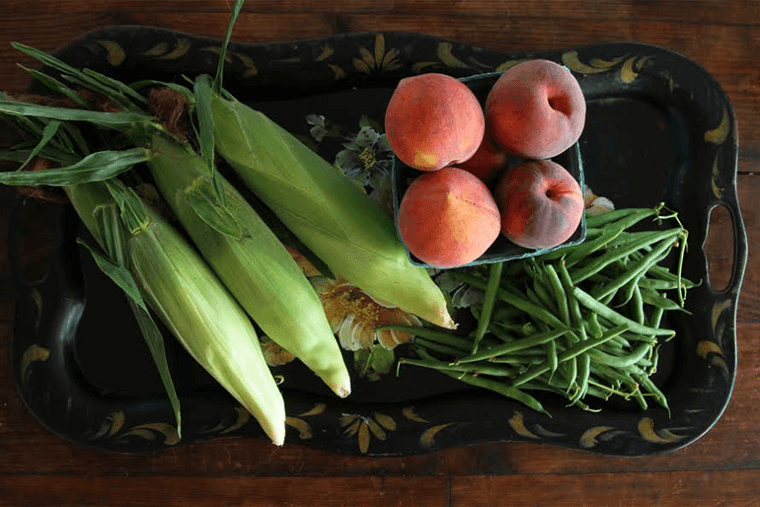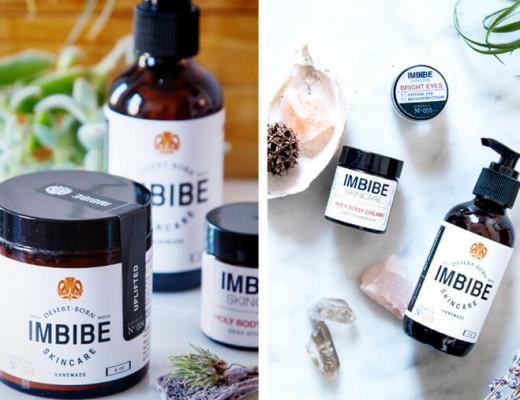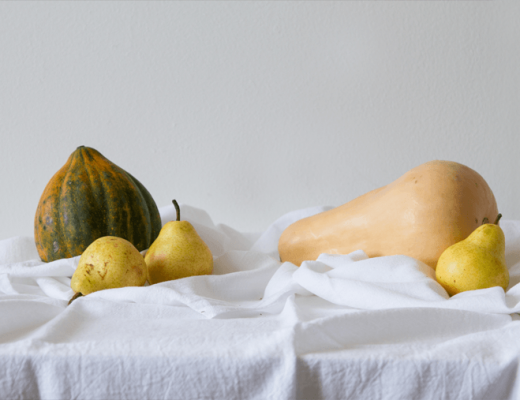Healthy eating doesn’t have to mean expensive. With a few tips and tricks, I’ll show you how to make healthy choices while staying within your budget.
1. Stay organized. You know the saying: Fail to plan, plan to fail. Whether your goal is weight loss or getting a healthy meal on the table for your family, thinking ahead can save you time, money and effort. Plan your meals ahead of time and write shopping lists. If you know you’ll be stuck late at work tomorrow, prep dinner ingredients and you’ll be far less tempted to order in or grab take-out. I make Sunday “prep day” for the week ahead.
2. Buy in bulk. Some of the healthiest foods are found in the bulk aisles, not to mention, that it saves you a ton of money! Read ingredients to make sure you’re not getting any additives. Some of my favorite healthy options from the bins are:
- Lentils and split peas (make a tasty warm soup under $3)
- Hemp seeds (super high in protein- add on top of cereal, salads, into smoothies)
- Chia seeds (super high in protein and energy)
- Oats (make your own oatmeal)
- Raw nuts- almonds, walnuts, Brazil nuts
3. Skip convenience foods. Knowing you’re short on time, supermarkets cash in on pre-sliced veggies, boxed greens and pre-cooked – well, just about everything. Once I realized pre-prepped broccoli florets cost twice as much as organic broccoli heads, I decided saving a little time wasn’t worth spending a lot more money. What making foods from scratch demands in time often saves you in money. This requires a little effort up front, but then you’re set.
4. Cook once, eat twice (or more).
5. Buy locally and in season. Buying in season means fresher, more delicious, nutrient-denser, probably local, and most likely less expensive foods. Asparagus peaks in spring, while blueberries are ripest in summer. Learn which foods match with the season to boost your health, support local growers and save a few bucks in the bargain.
6. Buy frozen and stock up. Frozen foods eliminates the issue of having to toss out food items that have gone bad. You can buy weeks worth of frozen kale, berries and other favorites to store in your freezer, so you always have essentials for soups, shakes, stews and side dishes.
7. Load your plate with high-fiber foods. My number one nutrient for eating less: fiber, which delays gastric emptying, balances blood sugar, curbs cravings and makes you full faster. What’s not to love? Aim for two or three inexpensive, high-fiber foods at every meal. Excellent choices include avocado, legumes, nuts, seeds and leafy greens. My secret weapon to bypass seconds and reduce your dessert hankering: Stir a scoop of freshly ground flaxseed or a fiber-blend supplement powder into a tall glass of water 30 to 60 minutes before meals.
8. Learn the dirty dozen. In a perfect world, every food would be organic. Realistically, sometimes it becomes hard to justify spending three times for organic produce. That’s why you want to know the Dirty Dozen: you always want to buy these 12 most-contaminated foods organic. The “Clean 15” are your least contaminated foods, with few or no contaminants. If you’re going to buy non-organic, these are your best bets.


